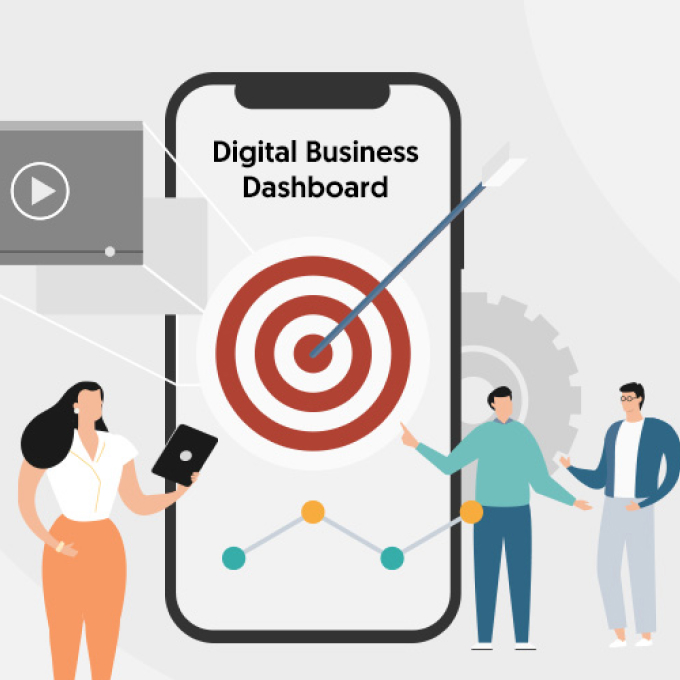Leverage These Marketing Metrics For Better Performance
Leverage These Marketing Metrics For Better Performance
Over the years, there has been a seismic shift from traditional to digital marketing in order to adapt to changing consumer behaviour that’s been driven largely by technological advancements.
Everyone creates digital campaigns, but how can you craft them to suit your audience specifically? With the COVID-19 pandemic ongoing, consumers are staying home and going online — that’s all the more reason to capitalise on your digital campaigns and ensure they are effective at raising brand awareness.
Data is king with online marketing, revealing what is going well and what is not.
However, the data collected should not be limited to easily captured figures such as number of monthly pageviews or number of views on social media posts.
Focus on marketing metrics instead — values across all marketing channels that measure the success of your digital marketing efforts. These values can be easily generated through web analytics tools and marketing software, such as Google Analytics and Hubspot.
Below is a list of marketing metrics every SME Owner should know and use:
Marketing Qualified Leads (MQL)
A lead who has been deemed more likely to become a customer compared to other leads.
An internal analysis of your leads and customers can reveal your business’ MQL.
Conversion Rate
Measures the amount of goal conversions, depending on what your goal is.
If your goal is the number of click throughs to a particular landing page for example, the conversion rate is the total number of click throughs divided by the total number of visitors to your home page, times 100%.
Be specific when defining your goal, so you can accurately calculate your conversion rate.
Customer Acquisition Cost (CAC)
Measures the cost of converting a potential lead into a customer.
Often confused with CAC is Cost Per Action, which is the cost to acquire a non-paying user. There’s also Cost Per Click, the cost for each click a customer makes.
Return on Investment
Measures the effectiveness of a marketing campaign to generate revenue.
Engagement Rate
Measures the effectiveness of your marketing campaign specifically on social media in terms of engaging your audience.
This is based on interactions on a post. For platforms like Twitter, engagements include all retweets, follows, replies, favourites and click throughs on a tweet. The sum is then divided by the total number of impressions (views of the tweet), times 100%.
Bounce Rate
Measures the number of visitors that visit your website and leave before navigating other pages on your platform.
Returning Visitor Metric
Tracks what happens when someone returns to your website several times, which allows you to see how effectively you’ve built a following.
Your marketing efforts take place across various channels, from EDMs to social media ad buys. Harness the data you get and increase the efficiency of your campaigns, while constantly future-proofing your digital marketing strategy — so you survive COVID-19 and beyond.
Disclaimer
You may be directed to third party websites. OCBC Bank shall not be liable for any loss suffered or incurred by any party for accessing such third party websites or in relation to any product and/or service provided by any provider under such third party websites.
The information provided herein is intended for general circulation and/or discussion purposes only. Before making any decision, please seek independent advice from professional advisors. No representation or warranty whatsoever in respect of any information provided herein is given by OCBC Bank and it should not be relied upon as such. OCBC Bank does not undertake any obligation to update the information or to correct any inaccuracy that may become apparent at a later time. All information presented is subject to change without notice. OCBC Bank shall not be responsible or liable for any loss or damage whatsoever arising directly or indirectly howsoever in connection with or as a result of any person acting on any information provided herein. Any reference to any specific company, financial product or asset class in whatever way is used for illustrative purposes only and does not constitute a recommendation on the same.
Discover other articles about:



